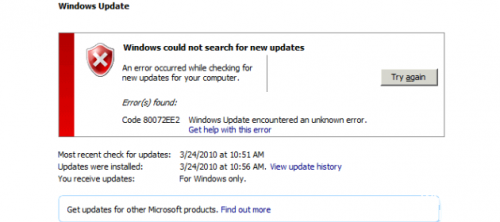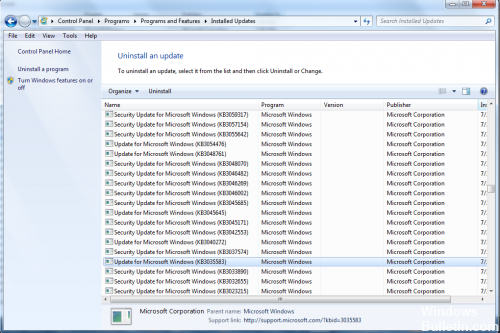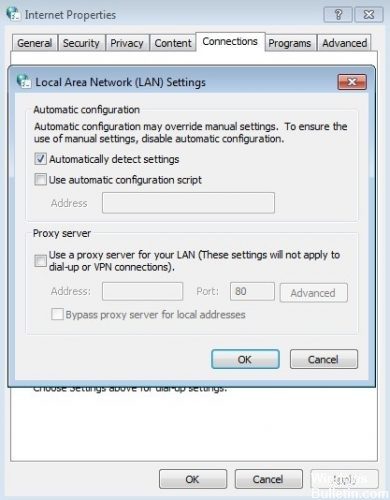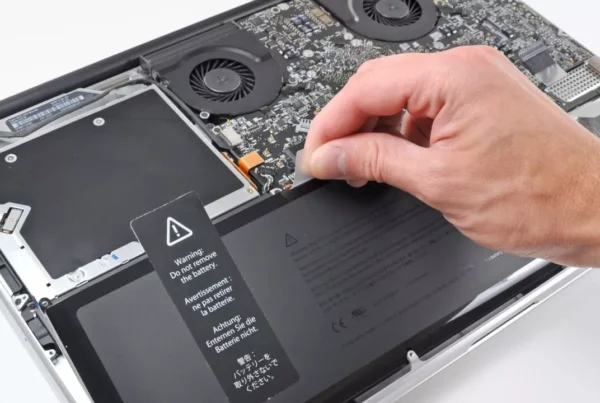RECOMMENDED: Click here to fix Windows errors and get the most out of your system performance
The 80072ee2 error is common to all versions of Windows. This error can occur when installing updates through WSUS or downloading updates from Windows Update Center on the Internet. The error code 80072ee2 according to the Windows Update error table on the MSFT side is interpreted as follows: ERROR_INTERNET_TIMEOUT (-2147012894) The request has timed out. This means that the system cannot enter the Microsoft Update or WSUS pages.
After installing a new Windows machine with the latest version of Windows Update Agent, the software update check initiated by Configuration Manager would fail with error 80072ee2 (resulting in a delayed connection).
Deleting Windows Update registry keys and problematic content
The error can be caused by damaged files and registry keys. If this is the case, you can delete the files and keys that are causing problems. Incorrect deletion of registry keys can cause serious problems. Before doing this, it is recommended to back up your registry keys. Afterward, you can restore the deleted registry keys if needed.
Then perform the following steps:
1. Press Win + R simultaneously (Windows logo key and R key). A Run dialog opens.
2. Enter services.msc in the run field and click the OK button.
3. Look for the Windows update service. Right-click and select Stop from the context menu.
4. Open C:Windows SoftwareDistribution and delete all content.
5. restart the windows update service. Right-click Windows Update Service and click Start.
6. Reopen the Run dialog box. Type regedit in the run field and click OK. Open the registry editor.
7. In Registry Editor, access HKEY_LOCAL_MACHINE SOFTWARE Policies Microsoft Windows WindowsUpdate.
8. In the area on the right, you will see the keys WUServer and WUStatusServer. Right-click each item and select Delete.
Check proxy and firewall settings
Check if you are using a proxy server. In this circumstance, check the settings in Internet Explorer and make sure that the proxy does not require a username or password to log in. If this is the case, the easiest way is to disable the proxy server during Windows Update, although you can also work around it by configuring your firewall to allow connecting to Windows Update directly without using the proxy.
If you are connecting to the Internet through a firewall, make sure that the following website addresses are allowed in the settings:
HTTP://*.update.microsoft.com HTTPS://*.update.microsoft.com http://download.windowsupdate.com
Consult the official Microsoft documentation.
In some cases, if you're using Windows Server, you should check the official Microsoft documentation and see if it applies to you. It seems that some updates have been superseded by other OS updates.
This problem is quite common, so Windows has officially released documentation showing how to fix it. Please review them and restart your computer completely after applying all the patches.
RECOMMENDED: Click here to fix Windows errors and get the most out of your system performance








